It seems like nothing is impossible if enough energy and effort is put into a project. It’s hard to believe how far certain car makers have come in the last 20 or 30 years, but if there’s one car brand out there which could be used as an example of how far you can come, it’s Hyundai.
The South Korea-based automaker has come a long way in the last 20 years and has become a best-seller not just in the US but all around the world. Hyundai now has great-selling cars in every segment that matters and is aiming even higher, at brands that seemed simply untouchable not more than 10 years ago, with its luxury sub-brand, Genesis.
Genesis is not available worldwide for now, yet the South Koreans have big plans for the luxury brand and are acting according to a pre-defined set of measures, meant to create hype around this new sub-brand. This is how you achieve success, with a carefully thought-out plan and consistency.
Maybe that’s why their Kona models have been so successful.
Meet Kona Crossover
The Kona is a best-selling product in a segment that’s simply stuffed with choices from all manufacturers you can think of. The SUV/crossover boom we’re seeing today transformed the automotive industry as a whole and the way car makers do business.
Basically, whatever cars were selling in the past, now needs some 2 inches of additional ground clearance just to get it out of the dealership. That’s what Kona was offering before the electric model was unveiled.
The Electric Kona was unveiled back in 2018 and it was well received by the customers. The main reason behind that was because it came with great specs and a low price that didn’t break the bank, offering those interested a good alternative for an eco-friendly ride.
What’s even more impressive is that the Kona Electric got a warm welcome around the world, not just in certain markets. Heck, the demand was so high for it that certain countries simply weren’t getting any and had to form waiting lists for interested customers.
Over time it got some mild upgrades, including for 2020, and the Kona now has a complex system integrated into its battery to keep the temperature in check both when charging or when the outside temperature drops too low, in an effort to keep the range as intact as possible. As we all know, the bane of every electric car out there seems to be the so-called “range anxiety” fears everyone’s talking about.
And yet, what makes this car so attractive, and has done so from the get go, was the fact that it promised Tesla-like range numbers. With Nissan Leaf or Chevy Bolt prices, this is a deadly combination no matter how you look at it. And, compared to all three of those choices, it’s a crossover, something everyone seems to want in their driveway anyhow these days.
Built From Ground Up As An EV
The Kona as a model was developed from the beginning with an electric model in mind. Therefore, when Hyundai was doing the legwork on the chassis, they made some things a certain way so that a huge battery could be stored inside the floor.
Thus, when comparing a regular Kona to the Electric version the differences in terms of size are almost non-existent. All you could find using a ruler would be the 2” height difference in favor of the Electric model but that’s about it.
From the outside there are a couple of notable design differences though. The biggest comes in the front, where the grille of the ICE Kona is gone and in its stead you’ll find a new, blocked out fascia, to help out with the aerodynamics. The front bumper is also different as are the wheels, as the electric Kona gets model-specific 17” alloys.
These wheels are supposed to improve aerodynamics and make it more efficient. It’s not a terribly good-looking design, to be honest, but which ‘aerodynamic wheels’ are?
Our tester, unfortunately, must’ve had the gains brought on by these wheels nullified by the fact that it was wearing winter tires.
Other than that, there’s very little to separate the Kona Electric from its conventional brother. On the front fenders you’ll also notice a couple of badges saying ‘Blue Drive’ which is Hyundai speak for its “eco-friendly” models. There’s also an “electric badge” at the back, giving away the fact that this car feeds off electrons, not dead dinosaurs.
Sleek And Cool Interior
Inside the cabin the same theme continues. The overall layout is similar as to what you would find in a normal Kona with only one exception: the center console. Here, since the need of a mechanical gear selector is gone, the people over in Seoul could improvise.
Therefore, the center console sits a bit higher than in the conventional model and has a different design too, featuring four big buttons labeled ‘P R N D’. Towards the bottom of the console you’ll also find buttons for various functions, depending on what trim level you went for.
What you should know is that the Kona offers every bit of comfort creature you could want, from a heated steering wheel to heated and cooled front seats, everything is on the table, except maybe massaging seats.
There’s also an additional storage space hidden under this “suspended” center console where you can find power plugs, USB connectors and could store a couple of items. On the upper side, right beneath the HVAC controls you’ll find a wireless charging pad, and a USB connector for hooking up your Android device or iPhone as this car comes with Android Auto and Apple CarPlay as standard.
But even if you don’t want to use them, the latest infotainment system works pretty great and the top of the line 10.25” display works flawlessly, without any lag. It’s also rather nicely laid out, easy to use and offers very interesting stats about your electric powertrain.
The navigation system shows you how far you are from the nearest charging station at all times. It also shows you how long it would take you to fully recharge the battery from the current state, using different types of charging stations which is, once again, pretty useful.
There’s even a section that shows you how the energy was spent and what consumed the most, be it the electric motor, the electronics on board, the climate control system or the battery care. Most of the time it will only show ‘Driving’ as the main culprit.
Charging Capabilities
Speaking of charging, the amount of time it will take to fill up the battery depends on a number of factors and varies quite a lot. The Kona Electric can be had in two different guises, depending on where you live (as some markets don’t get both choices): with a 39 kWh battery pack or a 64 kWh battery pack.
Our tester was the latter choice and, according to the WLTP testing procedure it could reach a range of 449 kilometers (279 miles) on a single charge. The 39 kWh battery pack is rated at 290 kilometers (180 miles).
Depending on which battery pack, the charging times will vary. The good news is that, according to Hyundai, the Kona supports 100 kWh charging and that means it should refill the 64 kWh battery in some 54 minutes, provided you use such a fast-charging network.
The problem is, if that’s not available to you, the charging times increase, considerably. Going for a 50 kWh charger doubles that time, easy, depending on whether the charger can actually deliver that much power at once.
Then there are the most common chargers to talk about, the 7 kWh ones, which should do the trick in about 10 hours. Using a household plug, that time extends to some 31 hours.
The main takeaway here though is that you’ll rarely have to do a full charge. Most commutes aren’t more than 20 miles and that means you can either plug the car in at a regular household plug when you get home and have it fully charged by the time you leave the next day.
Or you could charge it at a fast charger over the weekend and be done for the whole week. Either way charging it really isn’t an issue. The best bit of news is that this is one of the most efficient EVs you can buy today.
The Driving Experience
During our tests we saw an average energy consumption of 14 kWh/100 km. That’s basically dead on with what Hyundai claims, offering you a range of about 450 kilometers (280 miles). Mind you, that energy consumption figure was recorded both around town and outside, on B-roads, with an average speed of around 75 km/h (46.5 mph).
What I do have to mention though is that the weather was basically perfect for such tests, the outside temperature being between 20 and 24 degrees Celsius at all times. I didn’t have to use the AC either, given the weather, and the car didn’t have to use its battery-conditioning tech too.
On the downside, we did have winter tires on, so that maybe makes up for something. The point is, at 14 kWh/100 km covered, the Hyundai Kona Electric is more efficient than the most efficient Tesla out there which is the standard Model 3, rated by the American company for 14.9 kWh/100 km.
The big problems show up when you drive outside the city. Highways aren’t exactly an electric car’s best friend and the Kona is no exception. At 130 km/h (80 mph) which is the speed limit in Europe, the energy consumption was 24 kWh/100 km. That means you could do about 260 kilometers (161 miles) on the highway at the maximum speed allowed before running out of power.
This is also where you start noticing a couple of issues with the Kona. For example, the sound deadening isn’t perfect and, to be fair, it couldn’t be. This is not a premium car and, in order to offer such a great range, some corners had to be cut.
There’s some wind noise and road noise making its way into the cabin. It’s not terribly annoying and I’m sure given a petrol or diesel engine under the hood, some of it would’ve been masked out but it’s still noticeable.
Being on the highway for extended periods of time you also start noticing other things, like the cheap plastic used in certain areas (upper door panels and dash) or the limited room in the back (if you have passengers, make sure they’re not over 6-ft tall) which becomes a problem due to the constant bickering of those sitting in the back.
Around town, for shorter trips, those issues are non-existent as you’ll most likely be alone in the car for most of the time. Storage space in the boot is also rather small but should be okay.
After all, this is a compact crossover, not a Cullinan. Being electric you do notice how noisy the suspension is though, something I never caught up to in the ‘regular’ Kona.
It is also around town where you start craving for all-wheel drive. That’s because the electric Kona is only offered in FWD guise and the 200 HP and 395 Nm (291 lb-ft) of torque will easily make the front axle squeal. That means, up to about 50 km/h (but sometimes even higher) putting the power down might become tricky with the yellow traction control light popping up rather often.
Hyundai says that issue will be solved soon as they plan on offering Michelin tires on the car as standard starting this year. Be that as it may, this car is fun to drive thanks to instant torque, but then again that’s something you can say about any electric car, to be honest.
However, I’m willing to bet few people will actually push the pedal to the metal on the regular, most of the customers probably being keener to get as much out of the battery as possible most of the time.
Best Bang/Buck Ration For An EV?
The takeaway is mostly filled with positives. The Hyundai Kona Electric is a great choice for a first electric car. It offers plenty of autonomy and a rather big battery for its price, the two vanquishing the range anxiety you may get when starting it up in the morning.
Most of the time the range won’t drop below 200 miles (320 kilometers) and that means, unless you have to do an unexpected long trip at the end of your shift, you’ll be more than fine with the range it offers. That’s why it’s perfect for people who are new to the EV world, as it will make them feel at ease.
Once you get used to a lower range being displayed in your instrument cluster, you can ‘graduate’ to other EVs with lower numbers, but still good enough for your daily commute.
On the plus side you get a great powertrain along with instant throttle response and excellent real-world driving range. Just like any other EV, the Kona is also incredibly cheap to run, not just because you won’t spend money on gas but the maintenance is cheap too as no oil changes or even brake pad changes are needed.
On the downside, the interior could use a bit more space and the quality isn’t top notch inside but I’d still prefer this compromise for the bigger battery any day of the week. Is it perfect? No car is, but the Kona Electric might very well present the best bang/buck ratio in the EV world right now.






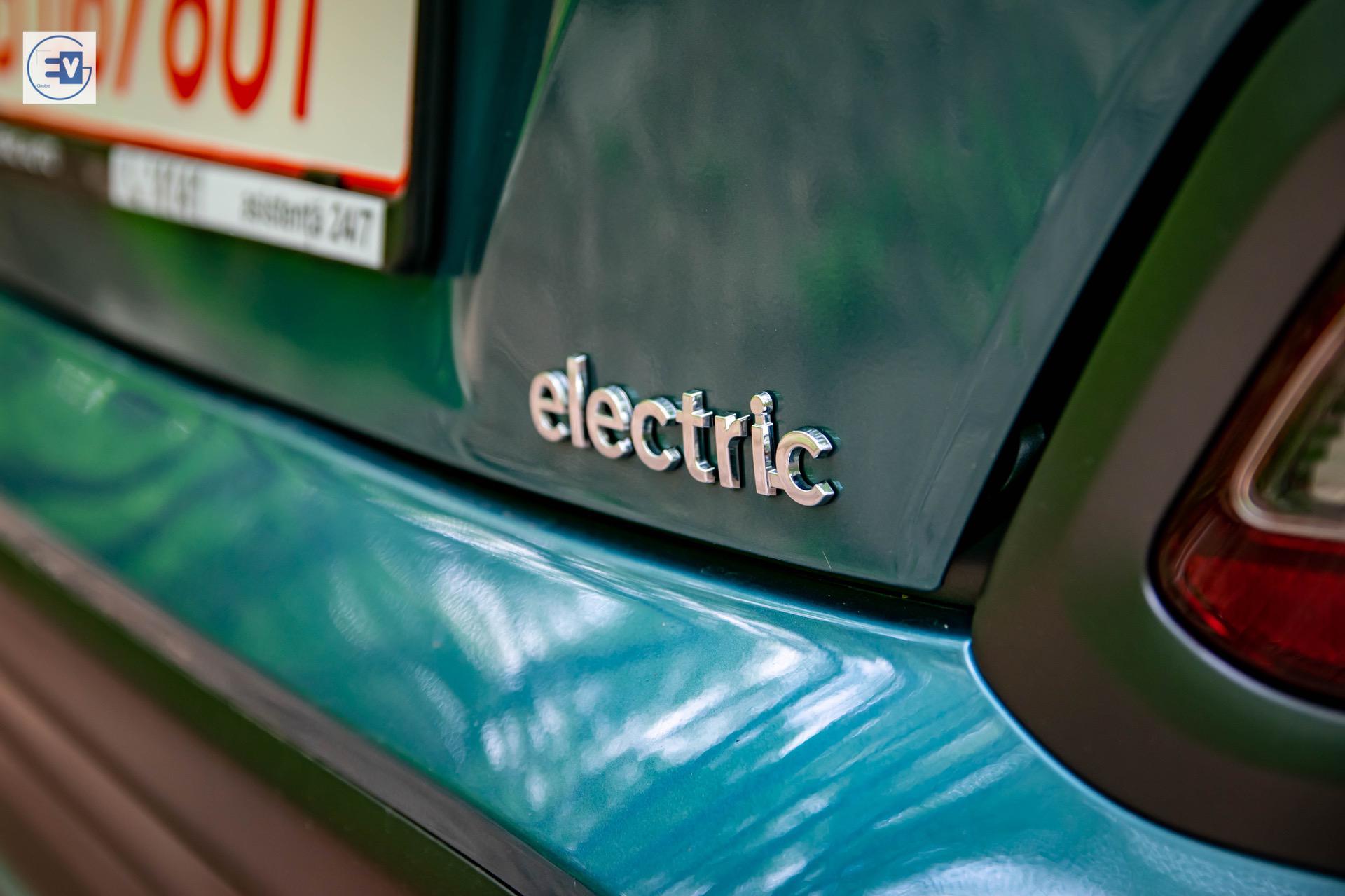









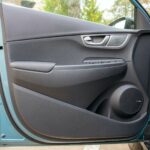



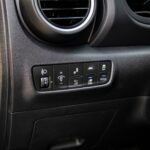




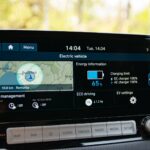
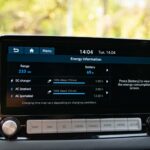





















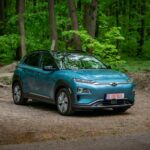

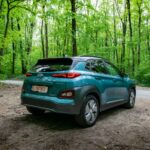
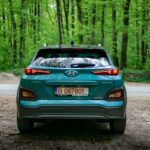

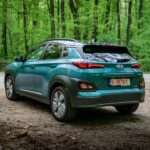




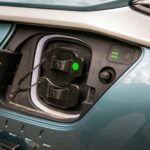










Absolutely not bad, but I still prefer the Hyundai Ioniq. Anyway, it’s surprising to see how Hyundai is doing a great job in the EV segment – even better than a lot of European brands.